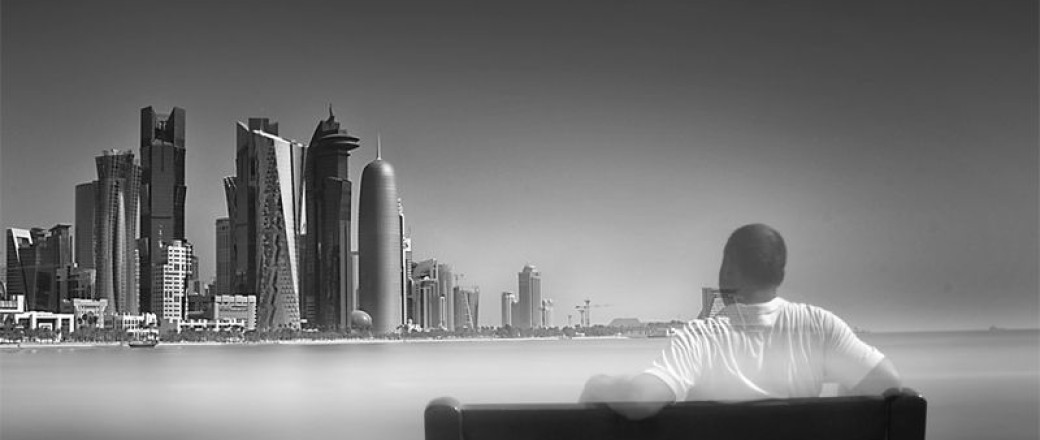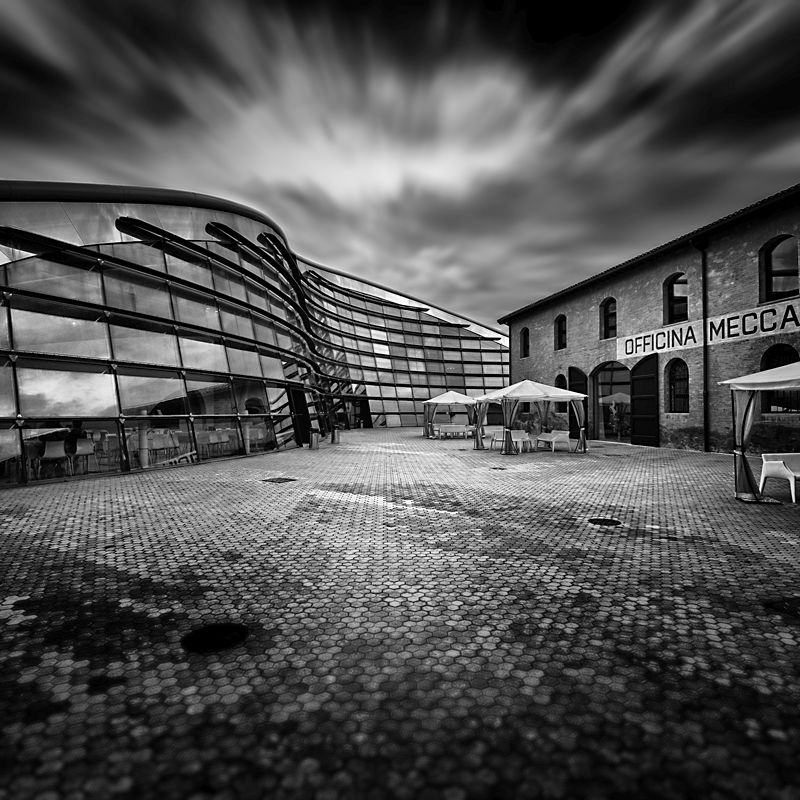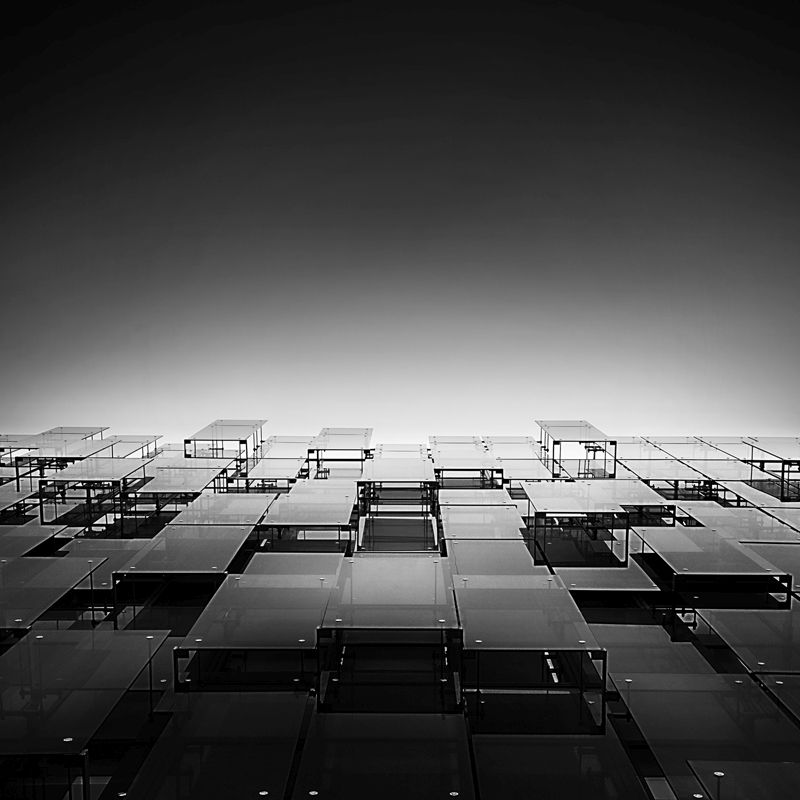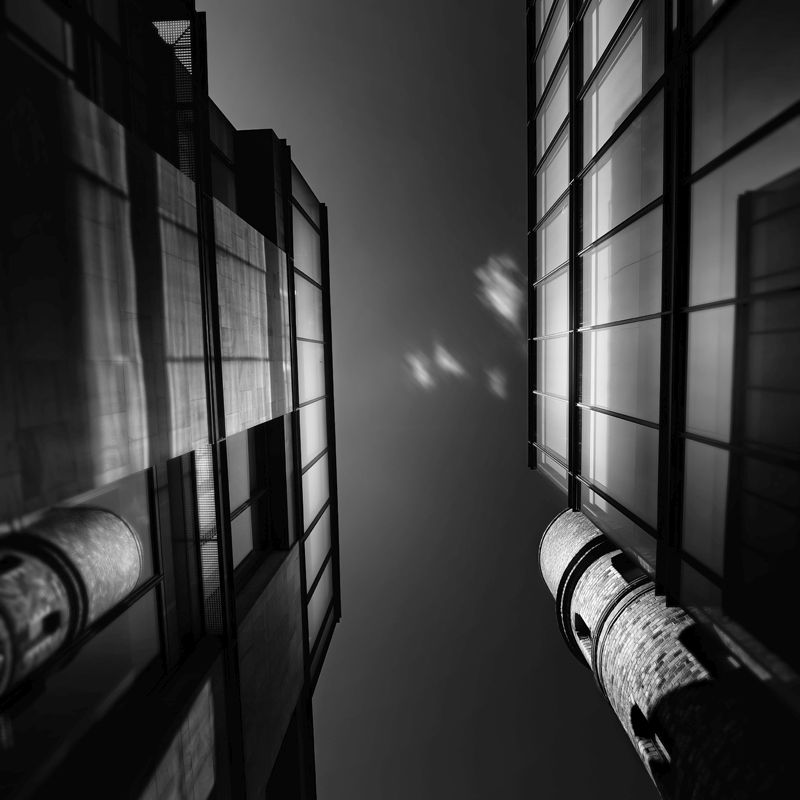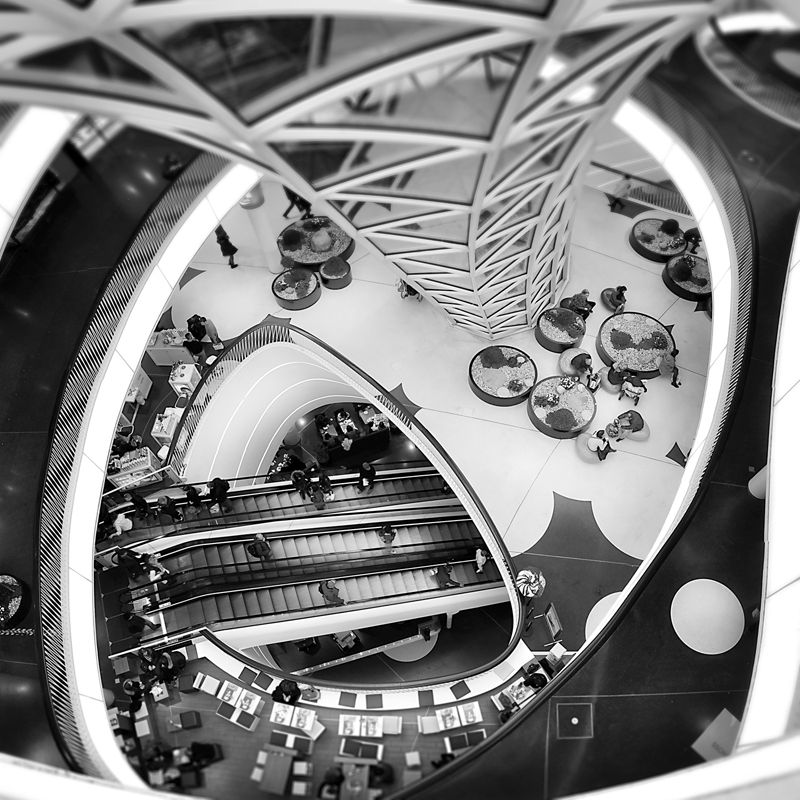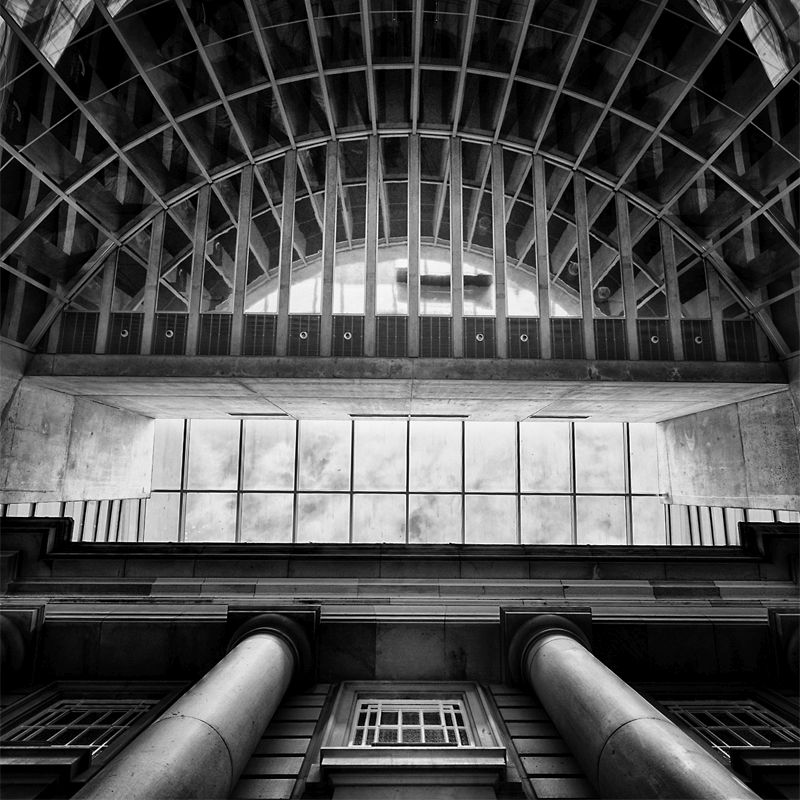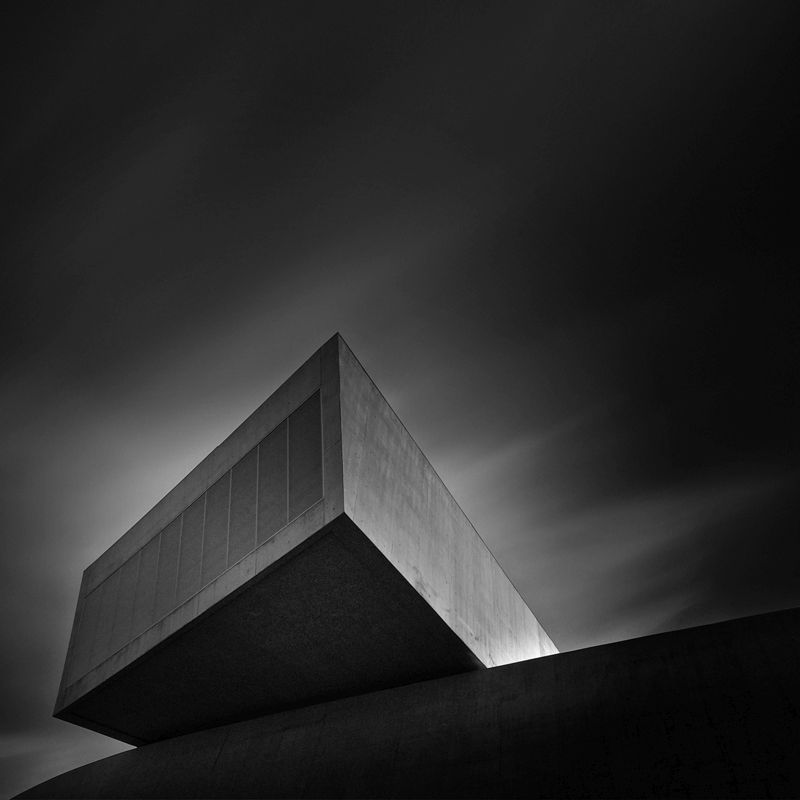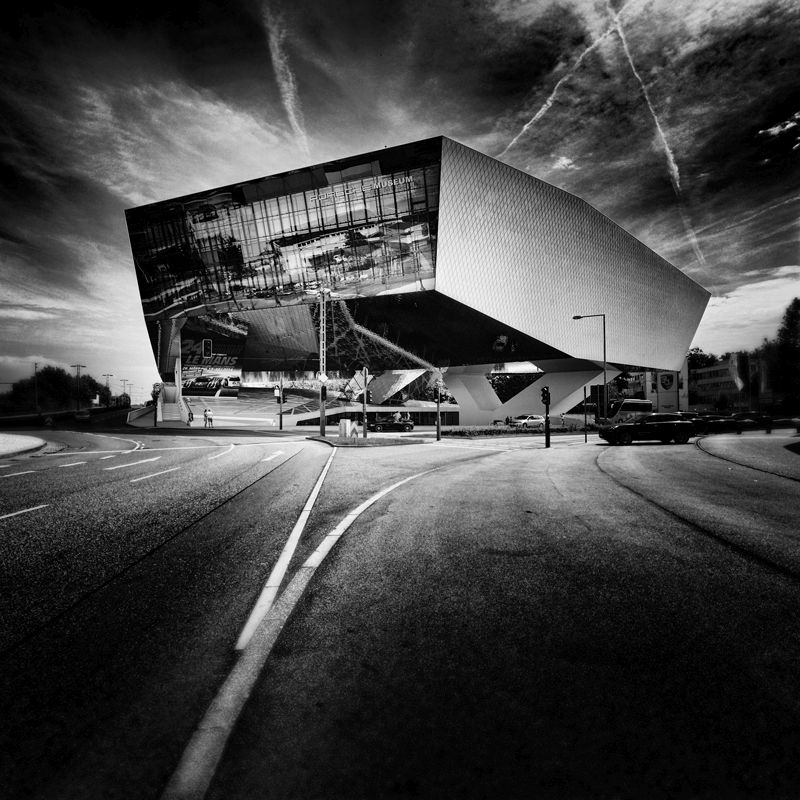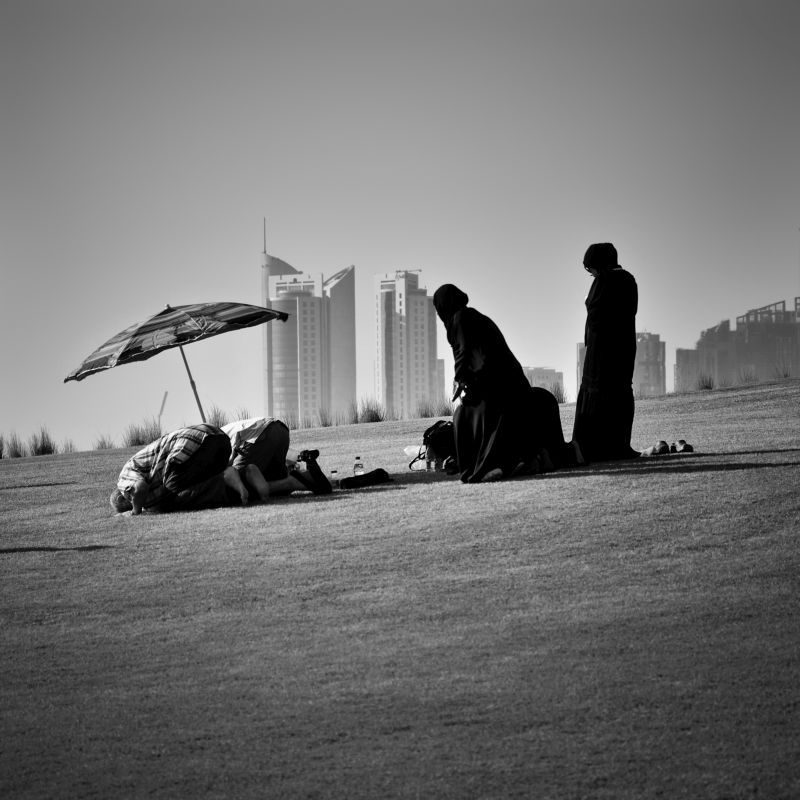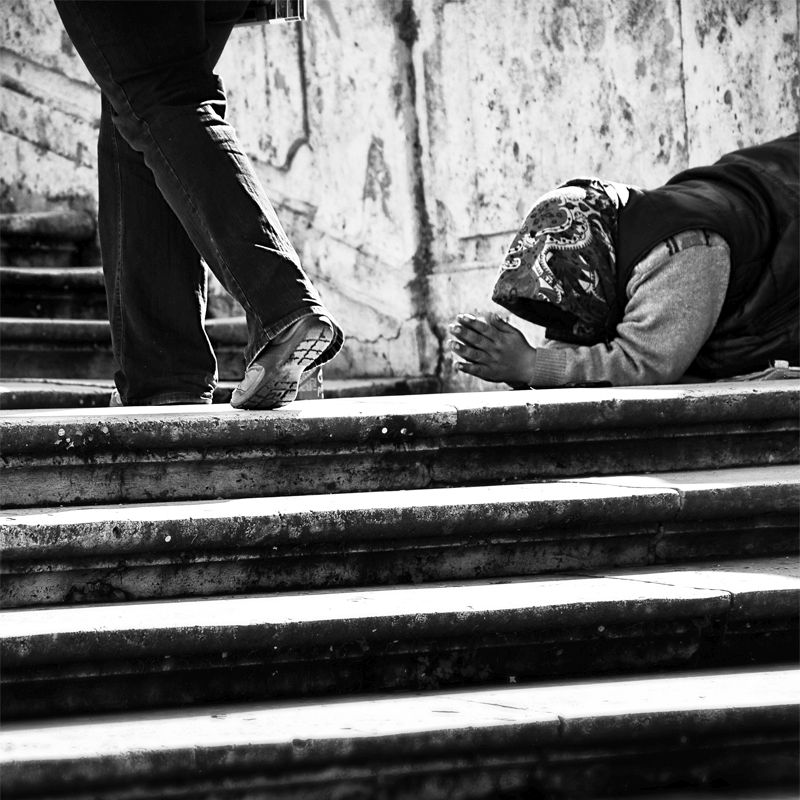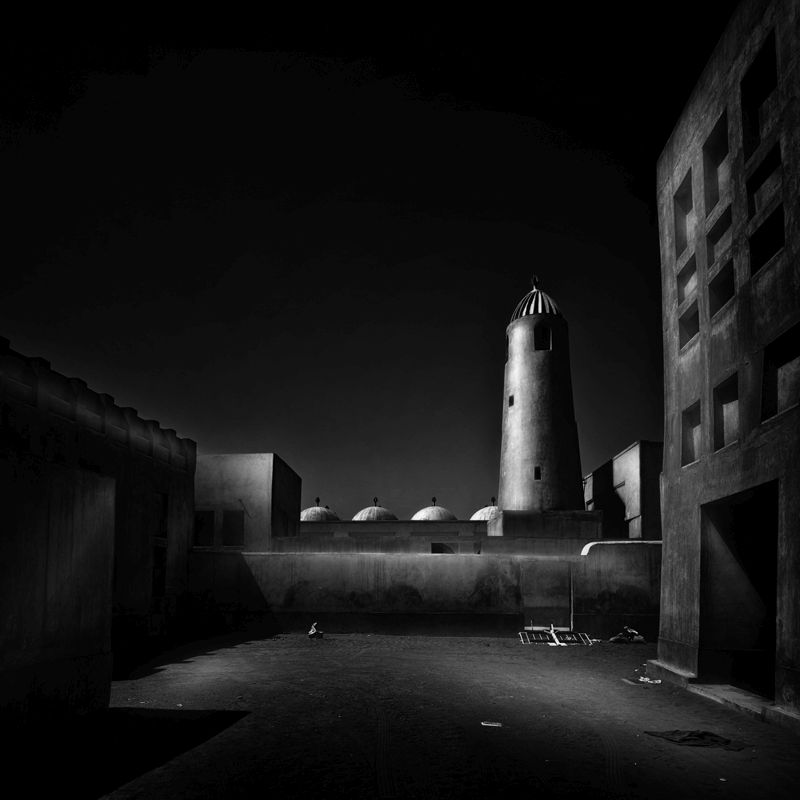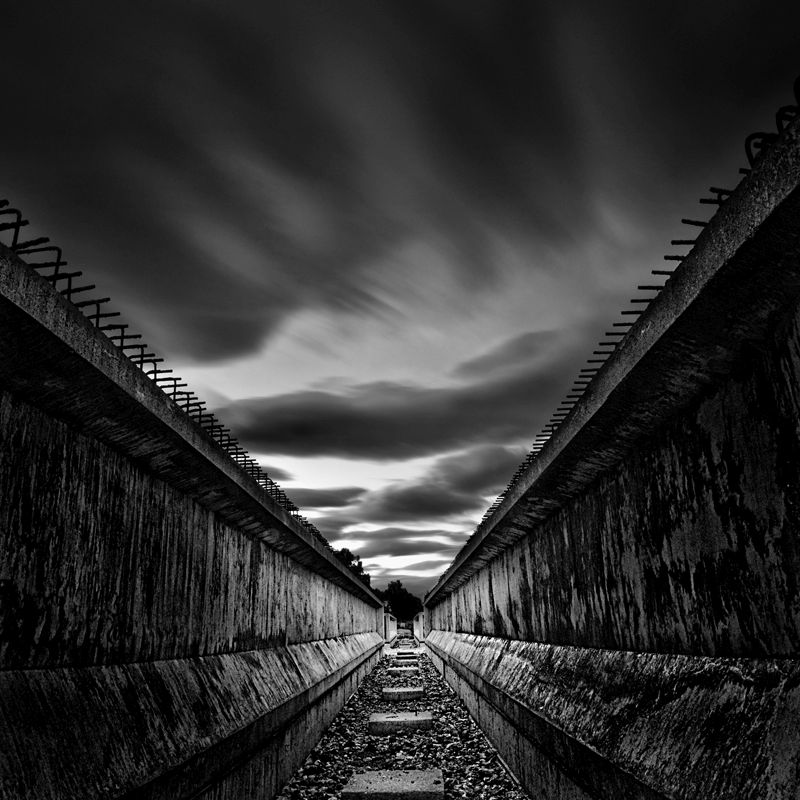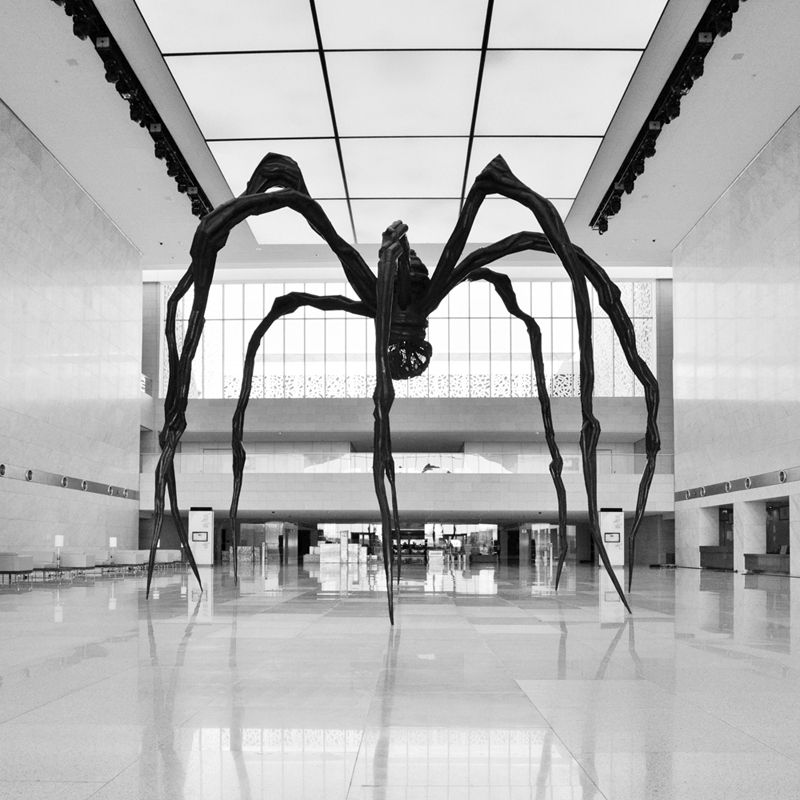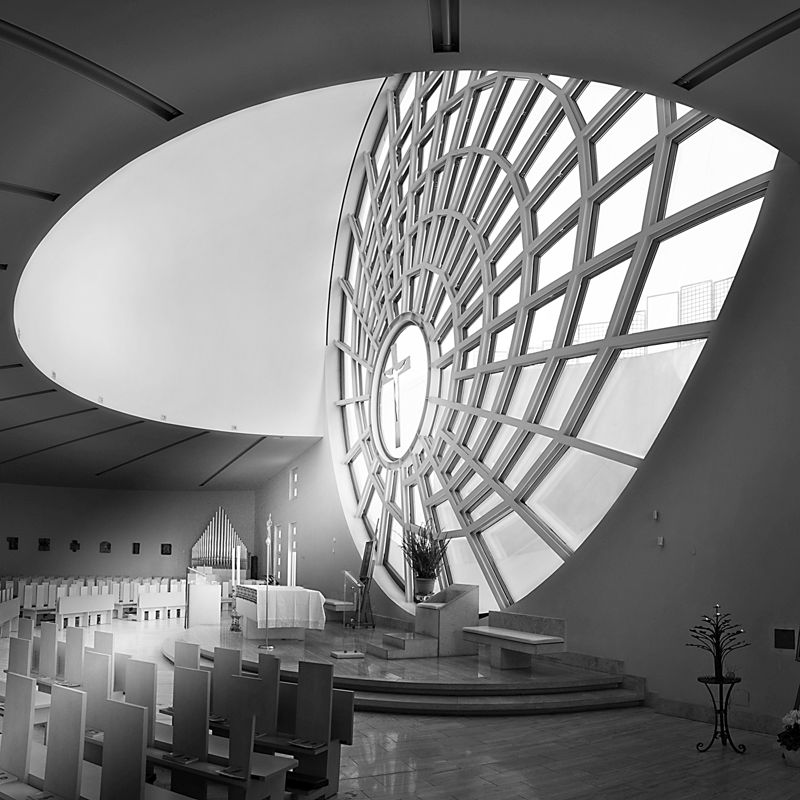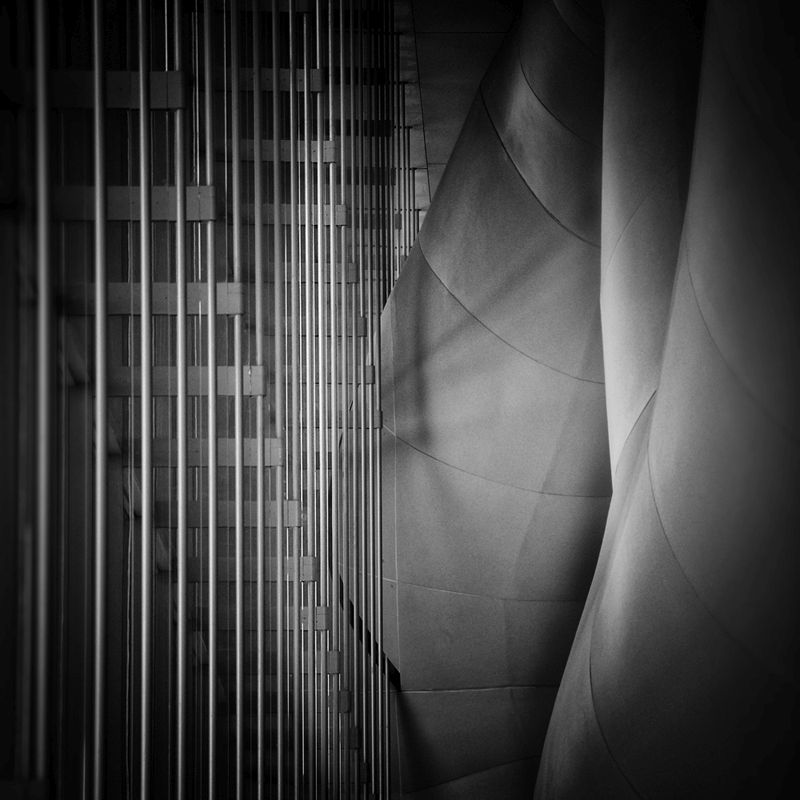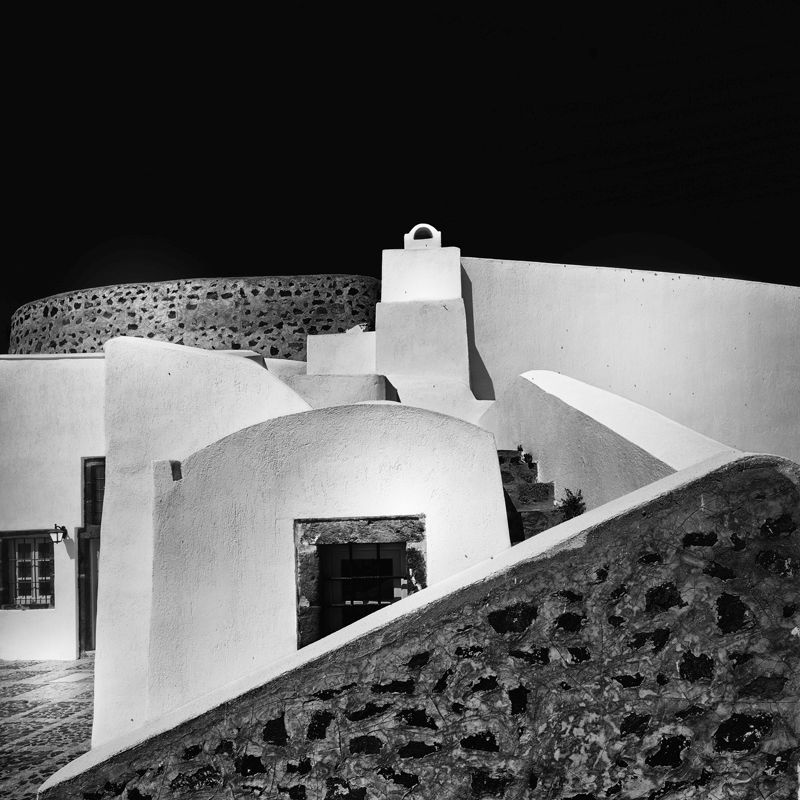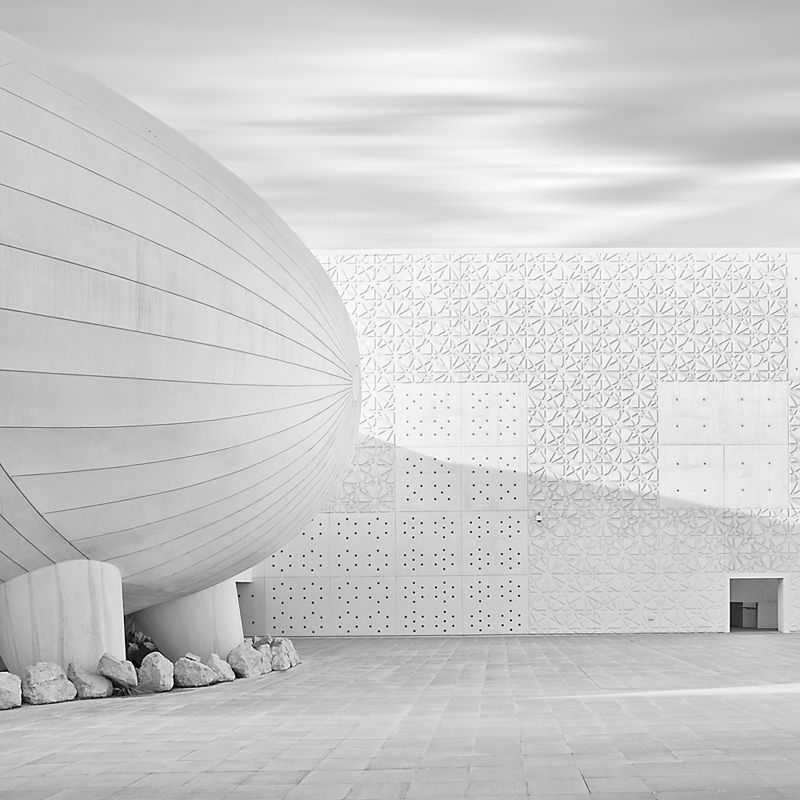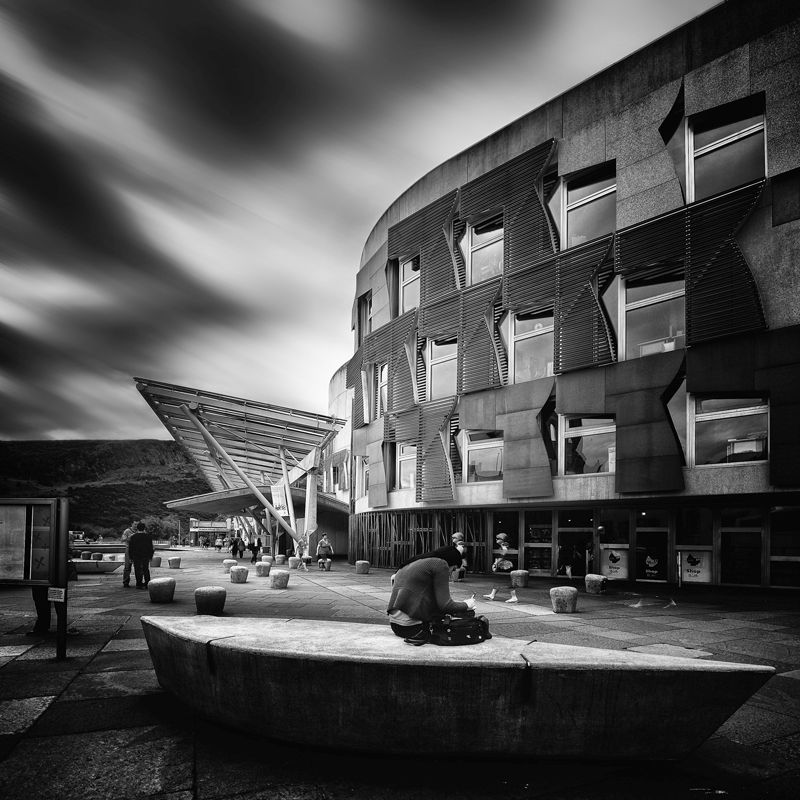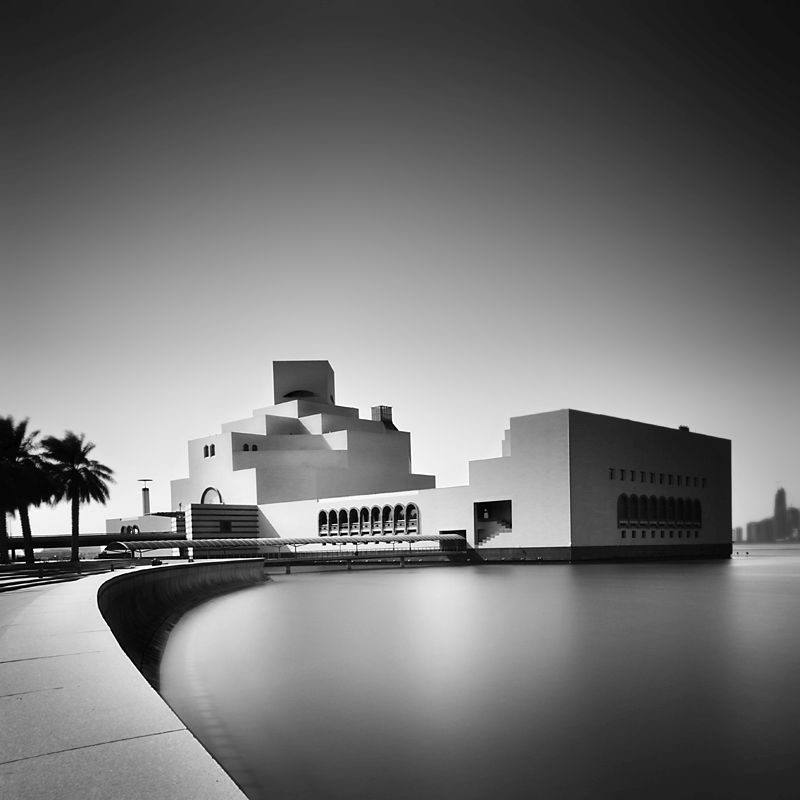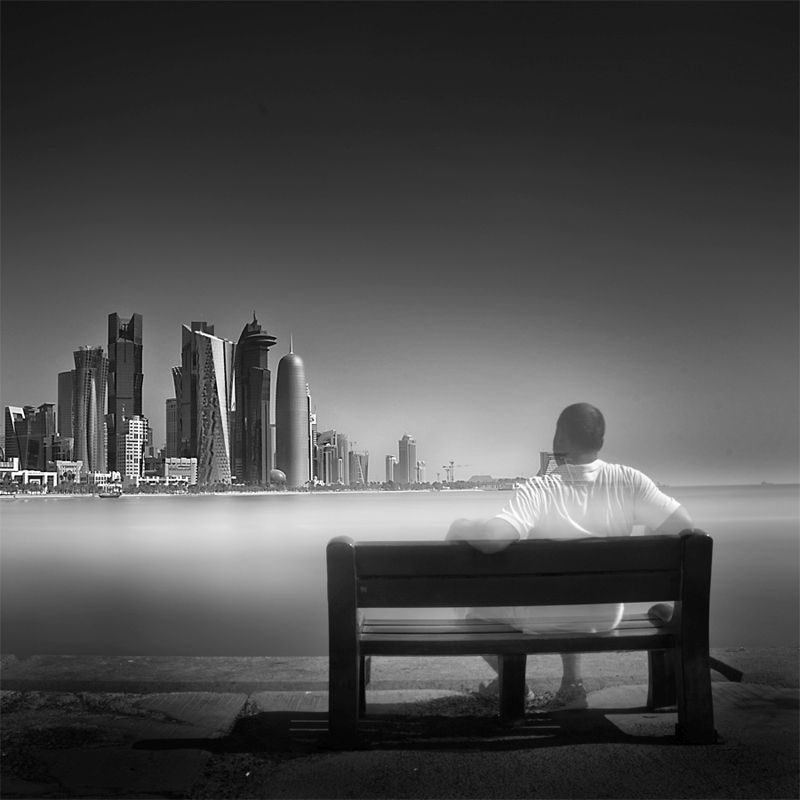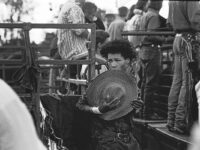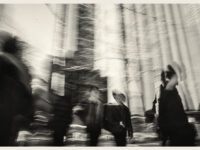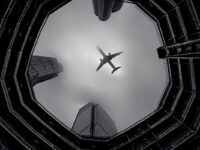Pygmalion Karatzas was born in Greece in 1973, studied architecture in Budapest, urban design in Edinburgh, ecovillage design education at Findhorn. He has been working as a freelance architect since 1999, designed and supervised over 20 projects.
A self-taught photographer, focusing on fine art and architectural photography. Distinctions include the Architizer A+ award, WPO, IPA, Black & White Spider awards. His images have been featured in various international fine art and architectural e-zines, and recent exhibitions include ‘Eye see the story’ in Thessaloniki, ‘Points of View’ in Rome, ‘Misty Landscapes’ in Athens. Produced the ‘Morphogenesis’ vol.1, 2 and 3 books available at blurb.com.
Collaborates with arcspace.com of the Danish Architecture Centre as photo editor of ‘The Camera’ section. His on-going research is towards an integral approach to architecture, sustainability and art. Based in Aigion, travels in Greece and abroad for his personal projects and commissions.
1. How and when did you become interested in photography?
As an architectural student I have been photographing the built environment since my undergraduate years. It was part of my education and working process. As an architect I have been photographing my own works for documentation and presentation. During these years artistic photography was a hobby I would take up from time to time. The last few years I focused more systematically on fine art and editorial architectural photography. So, it has been a gradual process for me and not a single moment. Observing, analyzing and representing the man-altered landscape through different visual mediums becomes an integral part of an architect’s practice and exploring new ways of doing that is something I enjoyed applying myself to when I am not working directly with architecture. I have the tendency to view things in a holistic way and as a consequence I look for connections between the fields I study and how they can cooperate. In that sense, photography is becoming such a lens – literally and figuratively.
2. Is there any artist/photographer who inspired your art?
One of the first artists/photographers in the long exposure / fine art genre that I discovered was David Burdeny. The minimalist and contemplative feeling of his work stayed with me as something I admired and wanted to try. Researching the technical aspects further, photographers like Joel Tjintjelaar, Serge Ramelli, Michael Kelley, who are generous in sharing their techniques, were also inspirational.
Gregory Colbert would be among the top on my list of favorite contemporary photographers. The way he achieved ‘Ashes and Snow’, the stories and message he expresses through his work, the nomadic museum, are indeed outstanding and exemplary that beauty and elegance can go hand in hand with social and environmental issues.
It would be remiss of me, though, not to mention also the photographers I have interviewed and featured for arcspace.com. Getting to know their work more closely helped me appreciate them better and they have become some of my favorite photographers. Even better than excellent photography, is discovering generous and inspiring people behind their work.
3. Why do you work in black and white rather than colour?
I work both in black & white and in colour. In the past I have gone through phases that I would focus on the one more than the other, mainly because I felt the colour or the b&w version was serving the particular image(s) better and/or as part of my exploration and experimentation of the medium. In some cases though, I feel it works well in both versions.
We hear arguments from both sides claiming the one more “difficult” than the other, the one more “artistic” than the other, etc. but I don’t see the point of betting them against each other. The exception being those analyses that contemplate on their inherent differences as part of the creative process and not to assess some kind of overall value judgement.
Since the theme of the magazine is on monovisions, we are presenting some of my b&w images. I felt they work better in monochrome because by taking out the colour variations they focus more on form, patterns and spatial relationships, and takes them beyond the “descriptive” domain leaving them open to other interpretations from the viewer. The overal on-going project is titled ‘Morphogenesis’, a double reference to form creation in architecture and photography, and to biologist Rupert Sheldrake’s theory of Morphic Resonance. The images are part of collections on atriums, architectural abstracts (as defined by John Kosmopoulos), iconic buildings, cityscapes, moments of urban living, terrain vague (as defined by Ignasi de Sola-Morales), comprising a broader spectrum of architectural photography and what can be expressed through it.
4. How much preparation do you put into taking a photograph/series of photographs?
This ranges from a single day with little preparation (in which the location, shooting and processing happens in one day) to months. The last three photography trips took 3900 km by car, 1300 nautical miles by boat and 11600 km by plane over a period of 9 weeks in Europe and Qatar, and I want to thank Panos Bazos, Giorgos Karatzas and Caterina Georgiopoulou without whom those trips could not have happened. The series from Doha took a few weeks of researching the architecture of the city and the logistics of getting permissions, 6 weeks on the ground scouting, shooting and meeting people involved in some of the projects, and a few weeks afterwards in post-processing and editing.
Concerning the processing technique, the general approach is to manually blend (with mask layers) different exposures of the same image (over and under-exposed versions) either in whole areas of the image or in selected details, with the goal of creating a stronger and more captivating presence and depth. Directing the eye of the viewer in the elements of the image that are the main subject and process the secondary features in ways that support and reinforce it. Most of the post-processing happens between Photoshop and Silver Efex Pro 2.
Concerning the creation process, I am becoming more interested in series of images either created with a particular concept/idea behind them or as an afterthought of editing a body of work taken during longer periods of time. Editing a series is a difficult and subtle process that requires time and reflection but one that can add another dimension to the work.
5. Where is your photography going? What projects would you like to accomplish?
This circles back to my first reply. An integral approach is open-ended and tries to incorporate different perspectives. Editorial photography is about serving the subject, understanding the intention and vision of the designers, and presenting it in captivating ways. Artistic photography is about looking beyond that, exploring and expressing other aspects (aesthetic, personal, social, spiritual), some being more tangible and others intangible. With the help of scholarships and collaborations I would like to investigate the wider spectrum of the relationships between photography and the built environment.
David Harvey in his book ‘The condition of postmodernity’ expressed this in a way I like to quote:
“Cities are plastic by nature. We mould them in our images. They, in their turn, shape us by the resistance they offer when we try to impose our own personal form on them. In this sense, it seems to me that living in a city is an art, and we need the vocabulary of art, of style, to describe the peculiar relation between men and material that exists in the continual creative play of urban living. The city as we imagine it, the soft city of illusion, myth, aspiration, nightmare, is as real, maybe more real, than the hard city one can locate in maps and statistics, in monographs on urban sociology and demography and architecture.” (from Jonathan Raban, Soft city)
Photography: karatzas.wix.com/photo
Architecture: karatzas-architects.com
Photo editor: www.arcspace.com/the-camera

